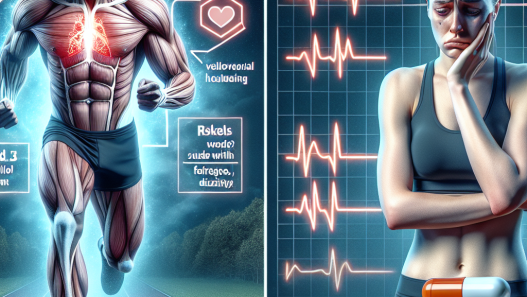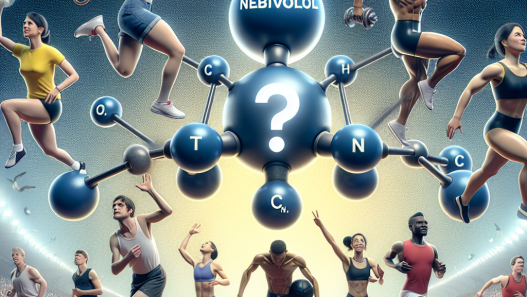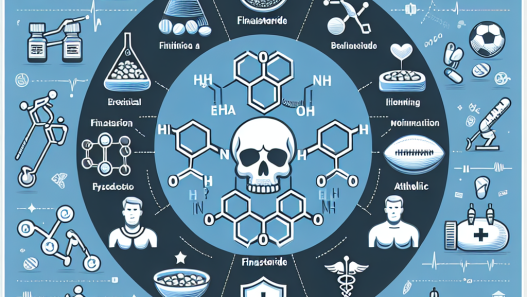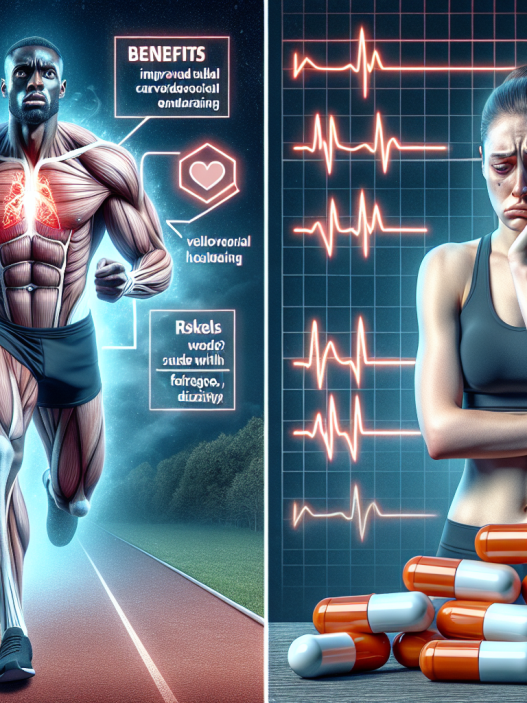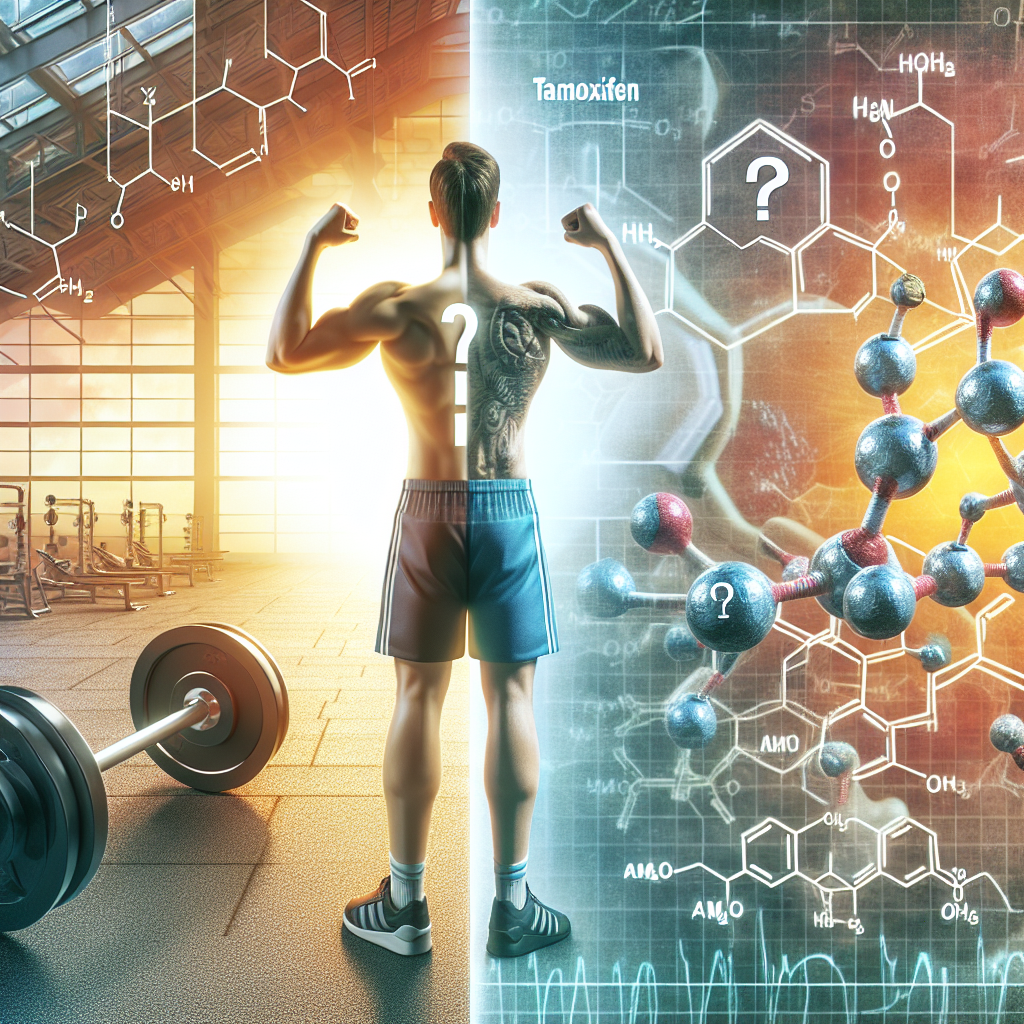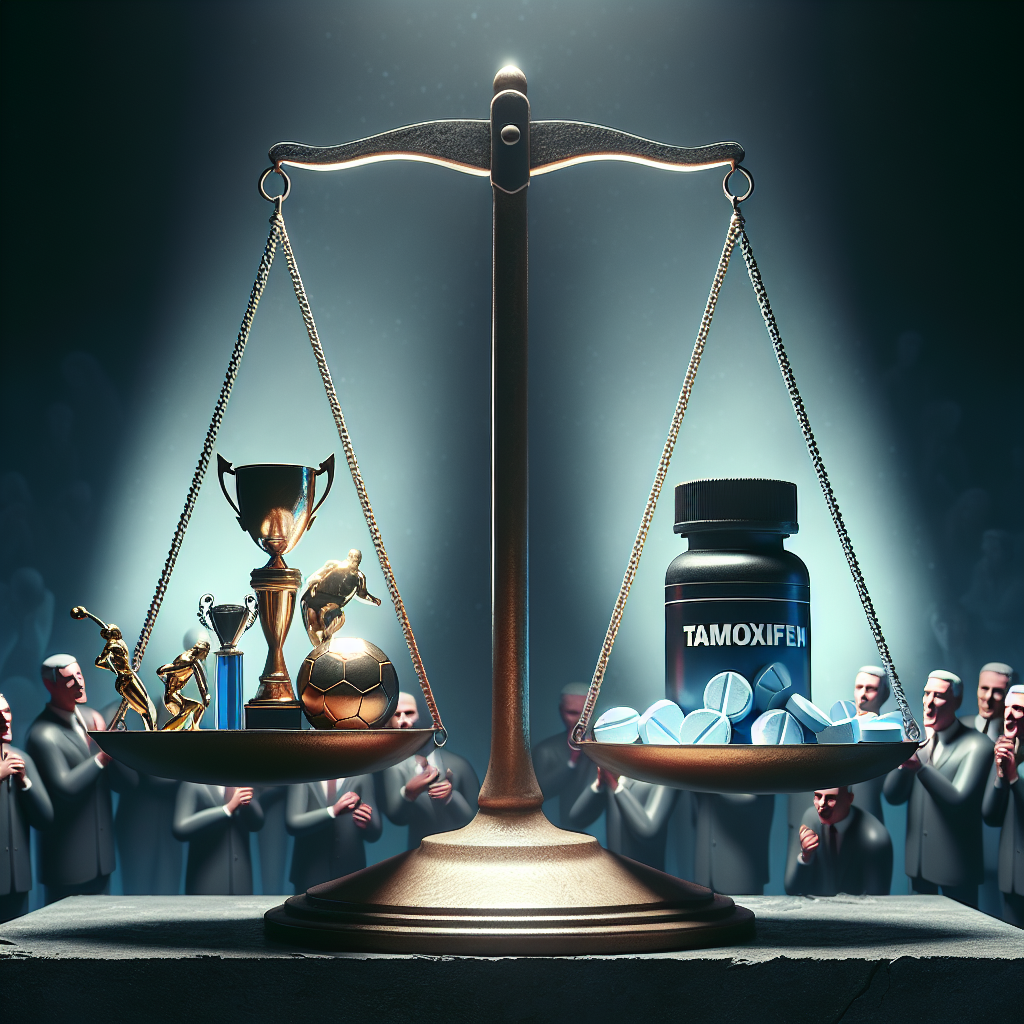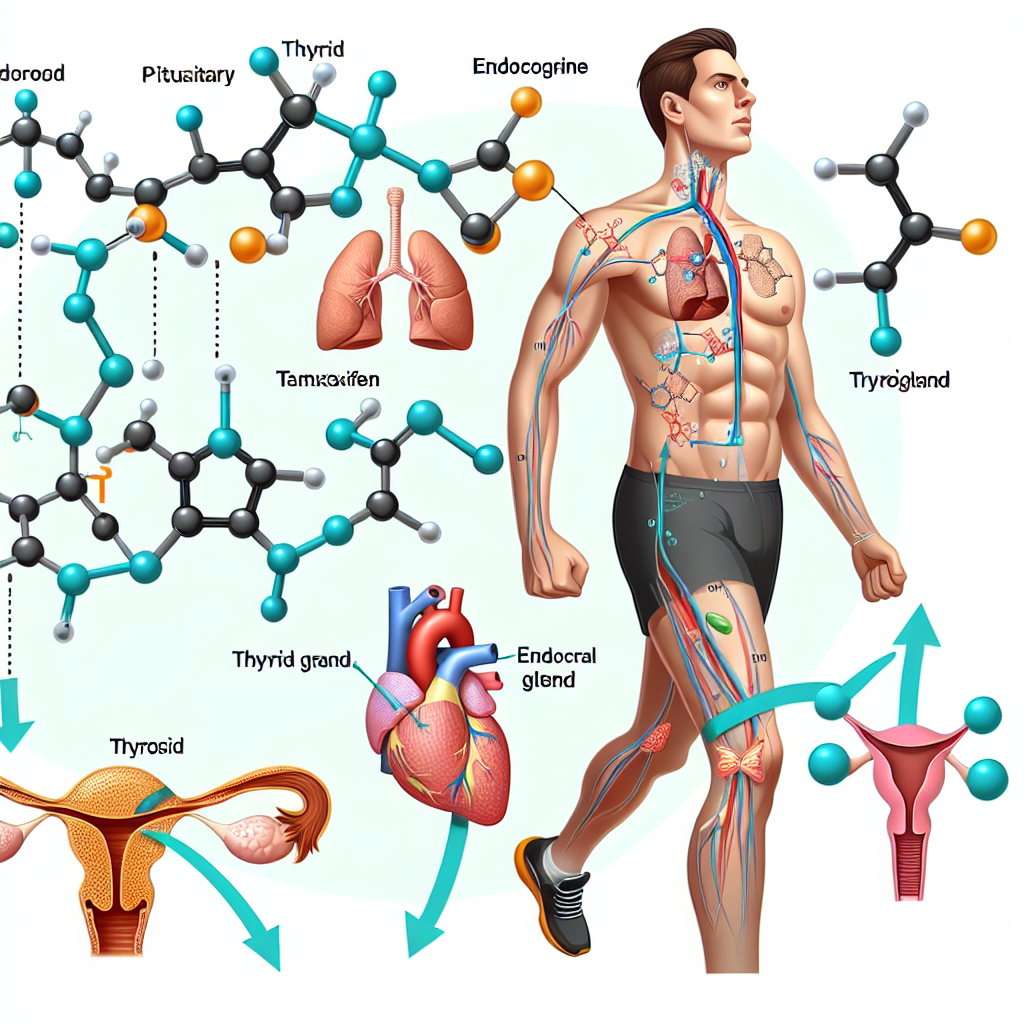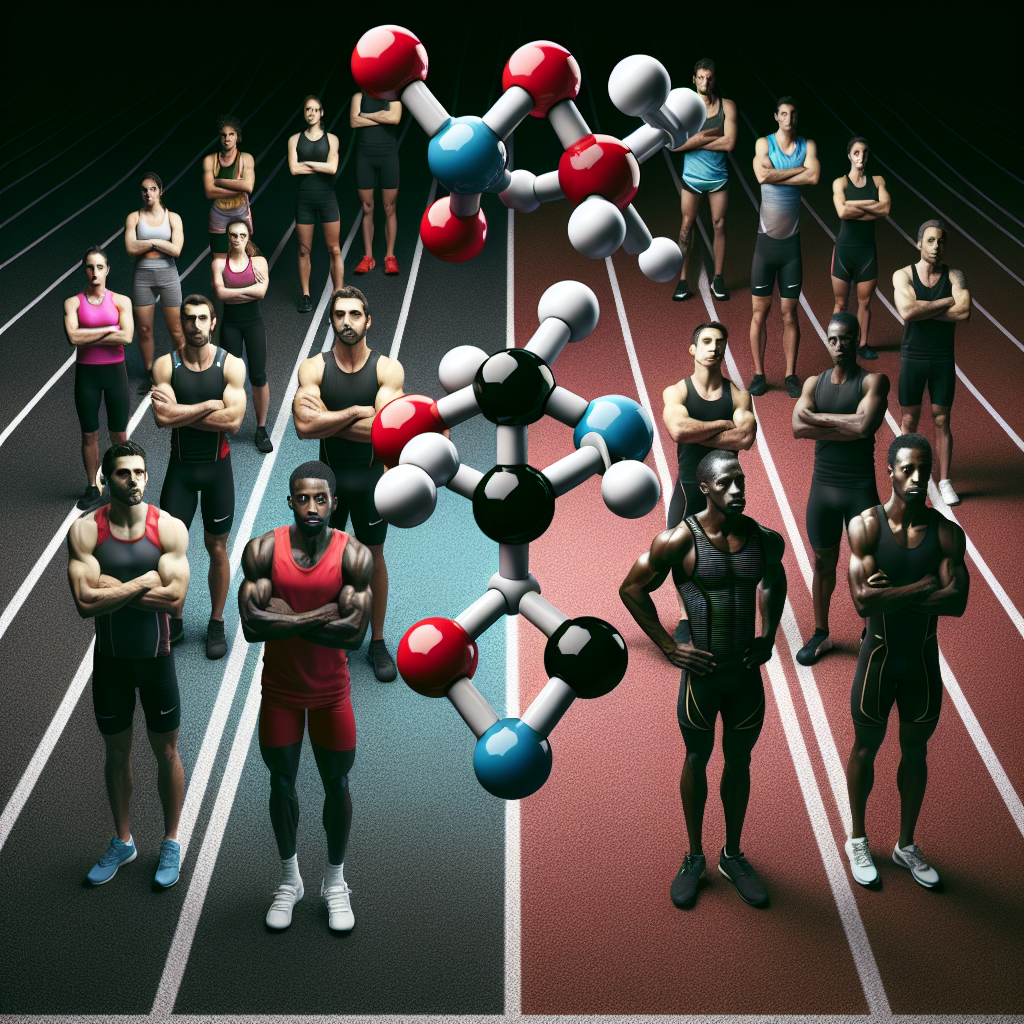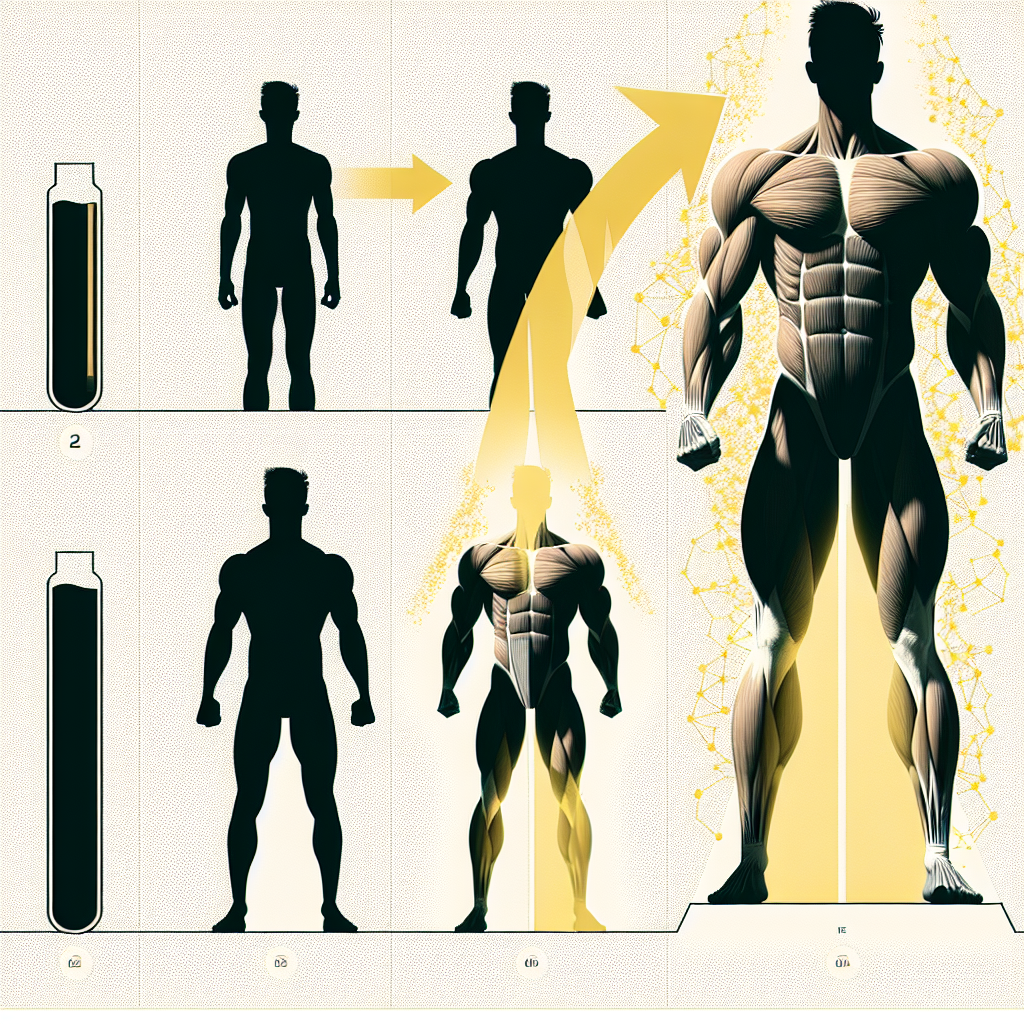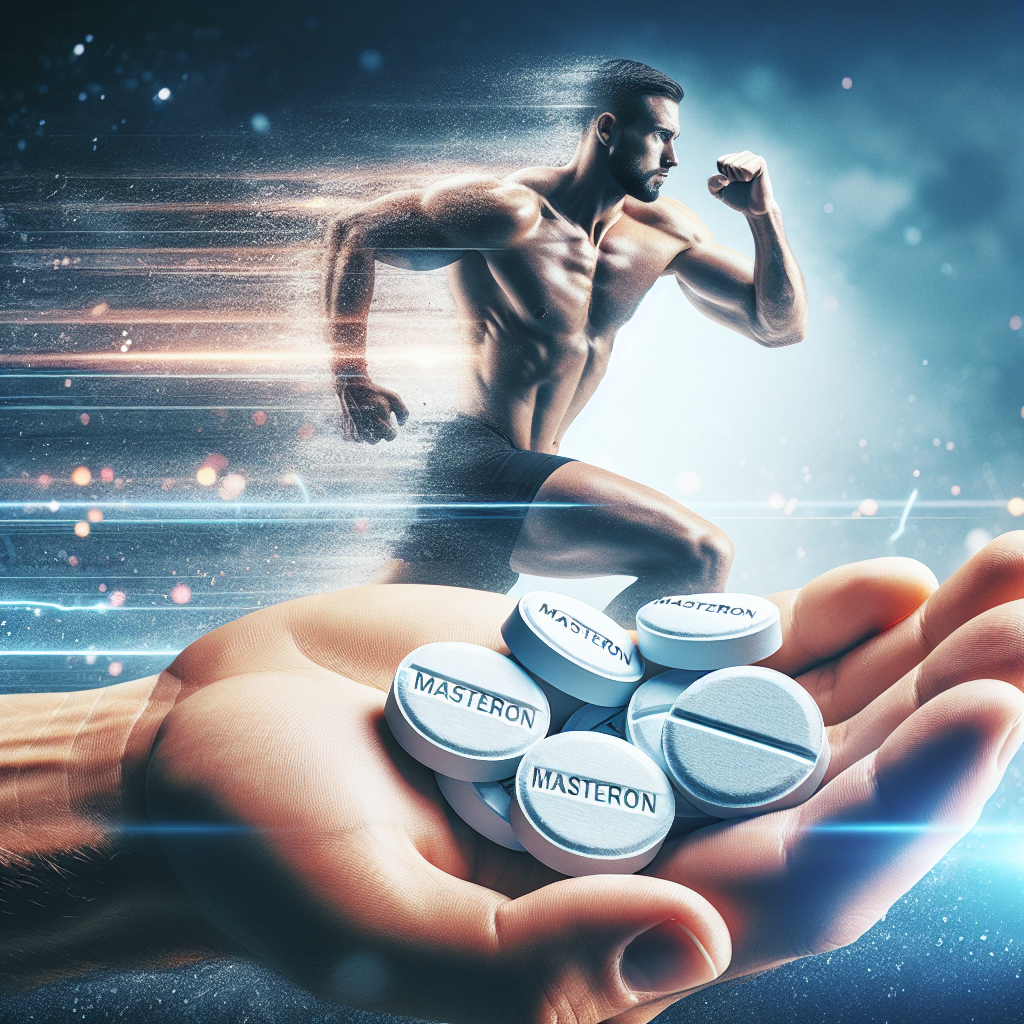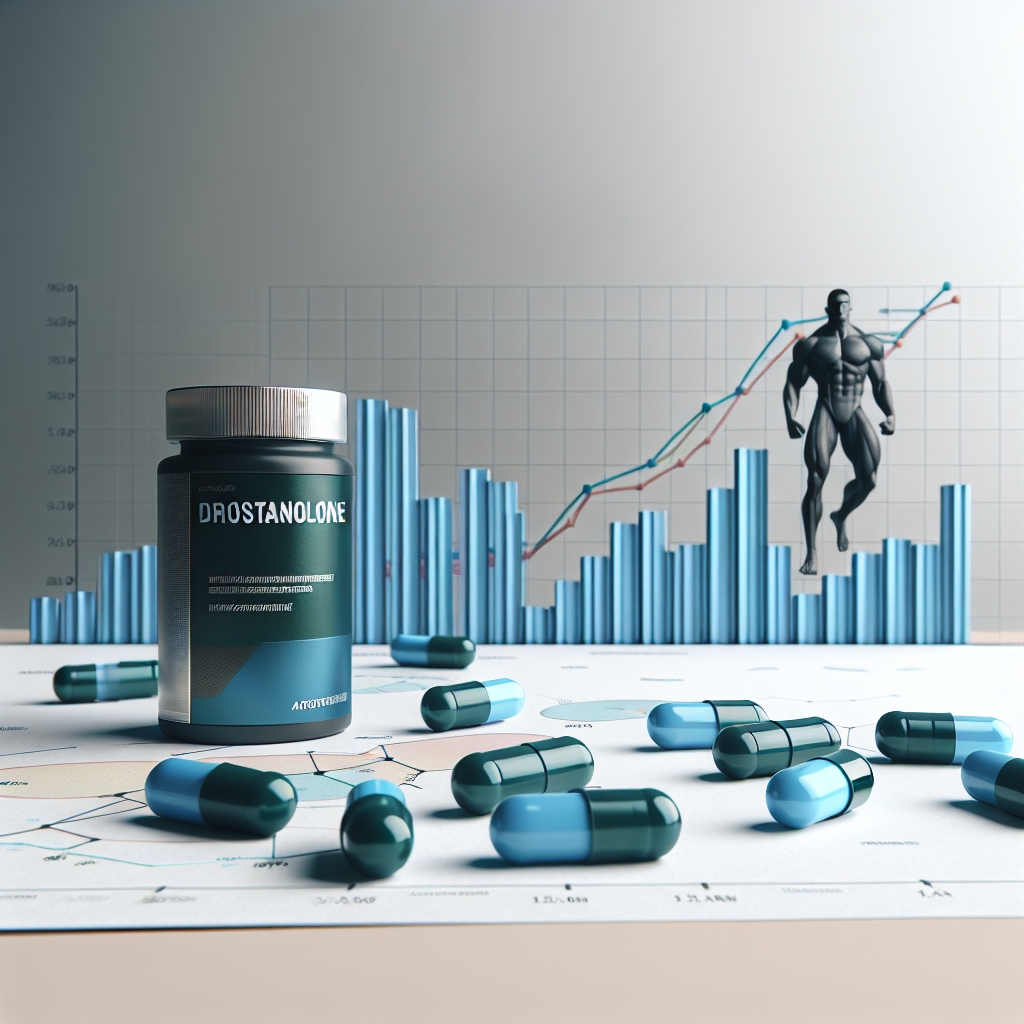-
Table of Contents
Nebivolol as a Potential Ergogenic for Athletes: Myth or Reality?
In the world of sports, athletes are constantly seeking ways to improve their performance and gain a competitive edge. This has led to the use of various substances, including pharmaceuticals, to enhance physical abilities. One such substance that has gained attention in recent years is nebivolol, a beta-blocker commonly used to treat high blood pressure and heart failure. But can nebivolol really be considered an ergogenic aid for athletes? In this article, we will explore the pharmacokinetics and pharmacodynamics of nebivolol and examine the evidence surrounding its potential use as an ergogenic aid.
The Pharmacokinetics of Nebivolol
Nebivolol is a third-generation beta-blocker that works by blocking the effects of adrenaline on the heart and blood vessels. It is rapidly absorbed after oral administration, with peak plasma concentrations reached within 1-4 hours (Khan et al. 2019). The drug is primarily metabolized by the liver and has a half-life of approximately 10 hours (Khan et al. 2019). This means that it can stay in the body for a significant amount of time, potentially affecting an athlete’s performance for several hours after ingestion.
One of the unique characteristics of nebivolol is its selectivity for beta-1 adrenergic receptors, which are primarily found in the heart. This selectivity allows for a lower risk of side effects compared to non-selective beta-blockers, making it a preferred choice for patients with cardiovascular conditions (Khan et al. 2019). However, this selectivity may also limit its potential as an ergogenic aid, as it may not have the same effects on other tissues and organs that are important for athletic performance.
The Pharmacodynamics of Nebivolol
The primary mechanism of action of nebivolol is its ability to reduce heart rate and blood pressure, which can improve cardiovascular function and exercise capacity. This is achieved by blocking the effects of adrenaline on the heart, resulting in a decrease in heart rate and contractility (Khan et al. 2019). This can be beneficial for athletes who engage in endurance activities, as it can help them maintain a lower heart rate and conserve energy during prolonged exercise.
Additionally, nebivolol has been shown to have antioxidant and anti-inflammatory effects, which may be beneficial for athletes who engage in high-intensity and repetitive exercise (Khan et al. 2019). These effects can help reduce oxidative stress and inflammation, which are common in athletes and can lead to fatigue and decreased performance. However, more research is needed to fully understand the extent of these effects and their potential impact on athletic performance.
Evidence for Nebivolol as an Ergogenic Aid
Despite the potential benefits of nebivolol for athletes, there is limited research on its use as an ergogenic aid. Most of the available studies have focused on its effects on cardiovascular function and have not specifically examined its impact on athletic performance. However, there are a few studies that have investigated the use of nebivolol in athletes.
In a study by Korkmaz et al. (2018), 20 male athletes were given either nebivolol or a placebo before performing a maximal exercise test. The results showed that those who received nebivolol had a significantly lower heart rate and blood pressure during exercise, indicating improved cardiovascular function. However, there was no significant difference in exercise performance between the two groups.
Another study by Korkmaz et al. (2019) looked at the effects of nebivolol on muscle strength and power in 20 male athletes. The results showed that nebivolol had no significant impact on muscle strength or power, suggesting that it may not have a direct effect on physical performance.
While these studies provide some insight into the potential use of nebivolol as an ergogenic aid, more research is needed to fully understand its effects on athletic performance. It is also important to note that the use of nebivolol in athletes is not without risks, as it can cause side effects such as fatigue, dizziness, and low blood pressure (Khan et al. 2019). Therefore, it should only be used under the supervision of a healthcare professional.
Real-World Examples
Despite the lack of research on nebivolol as an ergogenic aid, there have been some real-world examples of its use in sports. In 2018, Russian curler Alexander Krushelnitsky was stripped of his Olympic bronze medal after testing positive for meldonium, a banned substance. However, it was later revealed that the positive test was due to the presence of nebivolol in his system, which he claimed was prescribed by his doctor for a heart condition (BBC Sport, 2018). This incident highlights the potential risks and consequences of using nebivolol without proper medical supervision.
On the other hand, there have also been cases where nebivolol has been used for legitimate medical reasons in athletes. In 2019, American football player David Andrews was diagnosed with a heart condition and was prescribed nebivolol to manage his symptoms (ESPN, 2019). Despite concerns about its potential impact on his athletic performance, Andrews was able to return to the field and continue playing at a high level while taking nebivolol.
Expert Opinion
While there is limited research on the use of nebivolol as an ergogenic aid, experts in the field of sports pharmacology have weighed in on the topic. Dr. Mario Thevis, a professor at the German Sport University Cologne, believes that nebivolol may have potential as an ergogenic aid for athletes who engage in endurance activities (Thevis, 2019). However, he also emphasizes the importance of proper medical supervision and monitoring to ensure the safety and effectiveness of its use.
Conclusion
In conclusion, the use of nebivolol as an ergogenic aid for athletes is still a topic of debate. While it has shown potential benefits for cardiovascular function and may have some indirect effects on athletic performance, more research is needed to fully understand its impact. It is also important to consider the potential risks and side effects associated with its use. As with any substance, it should only be used under the supervision of a healthcare professional and in accordance with anti-doping regulations.
References
BBC Sport. (2018). Winter Olympics: Russian curler Alexander Krushelnitsky stripped of bronze for doping. Retrieved from https://www.bbc.com/sport/winter-olympics/43157000
ESPN. (2019). Patriots center David Andrews diagnosed with blood clots in lungs. Retrieved from https://www.espn.com/nfl/story/_/id/27433844/patriots-center-david-andrews-diagnosed-blood-clots-lungs
Khan, M. A., Khan, A., & Khan, M. A. (


